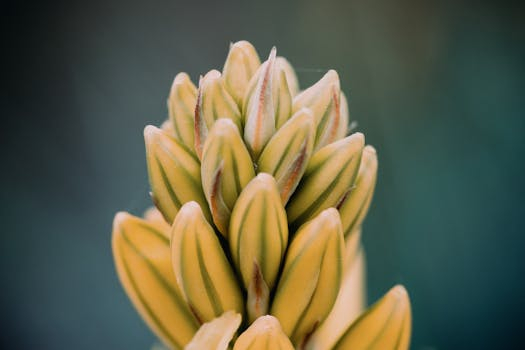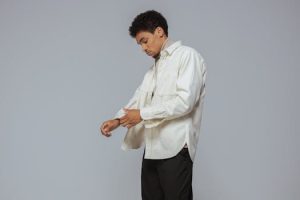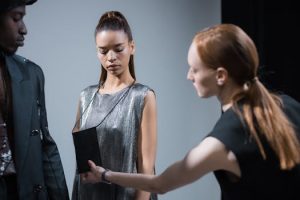Biofabricated Beauty: Growing Clothes from Microorganisms
In the world of fashion, there is a constant search for new and innovative ways to create clothing without harming the environment. As consumers become more aware and conscious of the negative impact fast fashion has on the planet, the fashion industry is turning to alternative methods of producing garments. One such method is biofabrication, the process of growing fabric from living organisms. This emerging technology has the potential to revolutionize the fashion industry, paving the way for a more sustainable and environmentally-friendly future. In this article, we will explore the concept of biofabricated beauty and how it is transforming the way we think about and produce clothes.
The Rise of Biofabrication
Biofabricated beauty is not a new concept, as humans have been using and manipulating microorganisms for various purposes for centuries. However, in recent years, advancements in technology have allowed for the production of more complex materials and structures from microorganisms. The fashion industry has taken notice of this potential and is now exploring the possibilities of using biofabrication to create clothing.
The idea of growing clothing from microorganisms may sound like something out of a sci-fi movie, but it is quickly becoming a reality. Scientists have been able to engineer microorganisms, such as bacteria and fungi, to produce fibers and fabrics that can be used to make clothing. These organisms are grown in a controlled environment, using nutrients and other materials to create the desired fabric. This process is not only more sustainable but also allows for customization, as different microorganisms can produce different types of fabric.
The Benefits of Biofabrication
One of the main appeals of biofabrication in the fashion industry is its potential to reduce the negative impact on the environment. Traditional methods of producing clothing, such as cotton farming and textile manufacturing, consume vast amounts of resources and produce harmful chemicals and waste. Biofabrication, on the other hand, uses minimal resources and produces minimal waste, making it a much more sustainable option.
Biofabrication also has the potential to eliminate the need for animal-derived materials in fashion. Many well-known luxury fashion brands use materials like leather, fur, and silk, which involve the exploitation and suffering of animals. By growing fabric from microorganisms, biofabrication provides a cruelty-free alternative to traditional materials, making it appealing to ethical and conscious consumers.
The Current State of Biofabrication in Fashion
While biofabricated clothing may still seem like a far-fetched concept for many, some fashion companies have already started incorporating it into their collections. For example, the New York-based startup Modern Meadow has created a biofabricated leather material, called Zoa, which they use to make handbags and shoes. Another brand, Bolt Threads, has successfully created a biofabricated silk material, called Microsilk, which they use to create high-quality, sustainable clothing.
However, there are still challenges and limitations to overcome before biofabrication can fully replace traditional methods of producing clothing. One of the main hurdles is scaling the production process to meet the demands of the fast-paced fashion industry. Additionally, the high costs of production and consumer acceptance of biofabricated clothing are also areas that need to be addressed before it becomes widely adopted.
The Future of Biofabricated Beauty
The potential for biofabrication to revolutionize the fashion industry is immense. As technology continues to advance and the demand for sustainable fashion grows, biofabrication is likely to become more mainstream. In the coming years, we can expect to see more fashion brands incorporating biofabrication into their production processes, offering consumers more eco-friendly and ethical options.
Beyond clothing, biofabrication also has the potential to be used in other industries, such as furniture, automotive, and even space exploration. The possibilities are endless, and with further research and development, biofabrication has the potential to completely transform the way we produce and consume products.
Conclusion
Biofabricated beauty may still be in its early stages, but it is a concept that has the potential to make a significant impact on the fashion industry and the environment. By growing clothes from microorganisms, we can create sustainable, cruelty-free, and customizable garments. As technology continues to advance and consumer awareness grows, biofabricated clothing is poised to become the future of fashion. Let us embrace this innovative and more environmentally-friendly approach to fashion and pave the way for a more beautiful and sustainable world.







